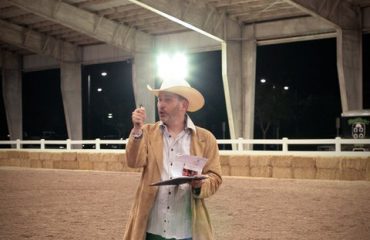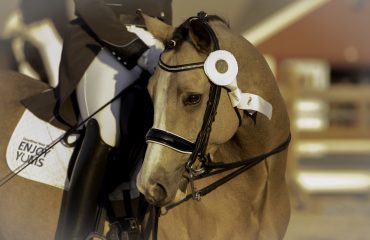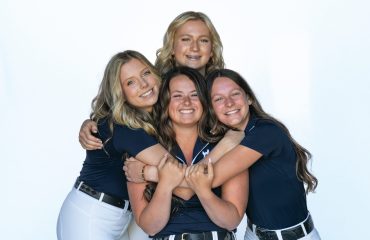By Rob Jacobs
I remind my students that human error occurs, and mistakes are guaranteed to happen whether a rider is learning how to demonstrate a proper “jumping position” or if that rider is preparing for the Olympics. I have had more success giving my students a true understanding of mistakes that are within their level of riding and also helping them understand the differences in minor and major mistakes.
Over a decade of judging horse shows has given me a realistic approach to teaching by using this system. My intention for writing this month’s column is to remind young equestrian readers that mistakes are a healthy part of growth and do not define who a rider is. I like to remind myself and others that we all are aiming to do the best we can in that particular moment.
I often remind my students of the range of mistakes each level is allowed and even encouraged to make during their lessons. I equally remind my students of the mistakes they should not make. I give the example of the rider actively competing in the Short Stirrup that misses their trot diagonal on a regular basis. This is a mistake, in my opinion, that riders at that skill level should not make on a regular basis. An example of a mistake for a rider at that level might be not asking for the flying lead change with enough outside leg pressure and the horse cross-cantering for three strides before completing the lead change. I have taught riders all over the United States and the most common mistake at that level is the late lead change due to improper signals and inaccurate pressure. It happens to us all from time to time. Although my teaching style is direct, I am able to maintain a calm, positive and empathic approach by using a system that acknowledges every rider will make mistakes.
I can remember being a young equestrian and believing the mistakes I made in lessons and at competitions defined me as a person and a rider. This amount of pressure I placed on myself was unrealistic and not healthy in learning how to navigate competition anxiety. It wasn’t until many years later that I became comfortable with the idea of “mistakes within reason.” This is a healthier and more productive lens to view our industry from. Even as a professional, I try to use the same lens. Sometimes I have a young horse I am working with that may be showing in the Baby Green division for the first time. My expectations will be very different than if I was on a more experienced horse and significantly less green. The types of mistakes that will occur will be different, and there will likely be a higher number of them.
Putting things into perspective is essential when managing expectations and perceptions. This is difficult for adults to practice and incorporate in their daily lives, so it’s especially difficult for young equestrians. In my opinion, this is where trainers can positively influence their young equestrians and become a role model demonstrating behaviors that encourage an understanding of the trajectory within the sport. It is important to learn at a young age that growth does not happen as a complete incline.
I occasionally joke with my younger students that if their riding was mistake-free, I would not have a job and there wouldn’t be a need for my instruction. Although they know I am joking, there is certainly truth to this statement. I have taught many different types of riders, and the ones that ride to the best of their individual ability more consistently are my students that are most relaxed and not afraid of making a mistake in front of me. Having observed other trainers teach by instilling fear into their students, I am confident that approach is unhealthy and not sustainable. There should be little or even no time spent in the saddle worrying about how angry a trainer may become due to a mistake. I believe good riders “ride in the moment” and spend their time effectively communicating with their horses in accurate timing. I hope my column serves as a reminder to the young equestrians to enjoy the moments with their horses, even the moments when things don’t go as planned.
Caption:
Remember, we’re humans and they’re horses.
Photo by Katie Browne













